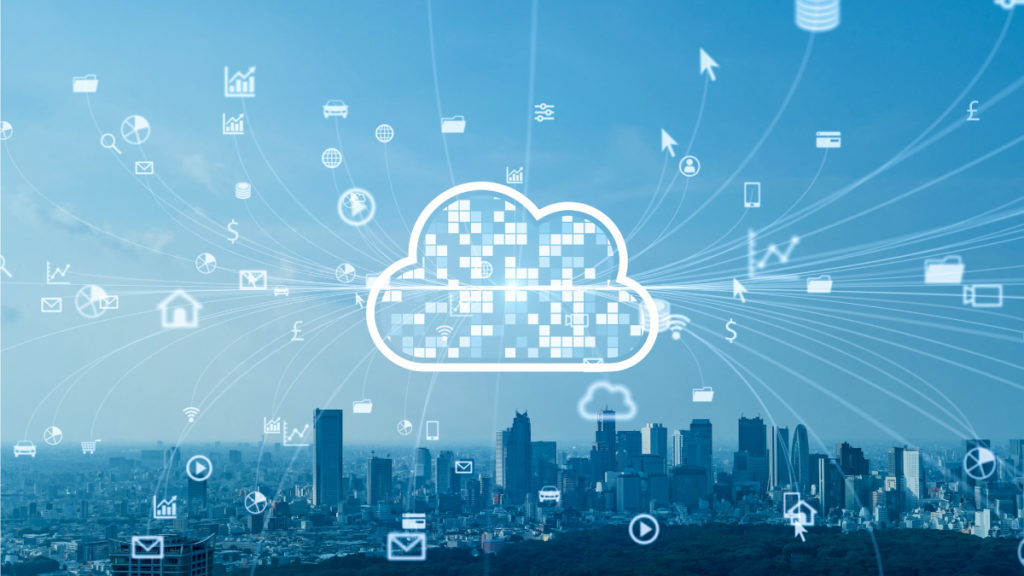To remain competitive in the digital economy, companies are increasingly making the strategic decision to transition to more robust and agile enterprise billing solutions. While there are numerous reasons for the move, the primary one is to gain the flexibility to quickly introduce new usage-based and recurring revenue product offerings. Although companies are driving revenue growth through these pricing models, they are now finding themselves overwhelmed with the manual effort needed to create accounts receivable (AR) reports. Let’s face it, accounts receivables are the lifeblood of your business’s cash flow. To calculate your profitability and gain a clearer understanding of your income, you need certain metrics. Metrics that general ledger and enterprise resource planning (ERP) reports are inadequate to provide. The answer to this all-important dilemma is your billing system. Addressing the challenge of obtaining the required metrics to develop standard accounts receivable reports requires a sophisticated cloud-based billing platform – one that provides built-in, ad-hoc and custom reports.
What Standard Accounts Receivable Reports Do You Need?
There’s no limit to the number and types of reports you can create and use. As a starting point, we’re highlighting the four ‘must-have’ accounts receivable reports.
1) Revenue Forecasting Reports
An essential part of business planning, this report focuses on how much you can potentially make during the year, your expected cash flow, and how much growth your business may experience. While this is true for all business models, what if you run a software-as-a-service (SaaS) company?
Nowhere is customer experience more important than for the recurring revenue business models. You need to understand the strength of your relationship with your customers, and you need at least a sense of how those relationships translate into expected revenue. SaaS companies look to monthly recurring revenue (MRR) and annual recurring revenue (ARR) reports for that perspective. Given the nature of subscription-based companies, it’s relatively easy to track and forecast revenue – more so than for other business models.
2) Customer Value Reports
How do you measure the value you provide to your customers? What are your products and services worth to your customers? Unfortunately, many businesses aren’t able to answer these questions. To do so, you need insights into the long-term and lifetime value of your customers. The following three reports can provide the intelligence you need to better understand your customers’ value.
- Revenue by Customer: This report enables you to consider revenue generated by each customer, rather than revenue by units sold. Why is that important? First, you’ll learn which customers are buying at full price, and which only react to sales opportunities. Second, you’ll be able to set some well-informed priorities.
- Customer Lifetime Value: In the digital economy, your financial health isn’t measured by the revenue you are generating today from your customers. Instead, customers are viewed as longer-term assets that deliver sustainable and predictable value to your company. A customer lifetime value (CLV) report provides you with a view of the overall value of your customer base. For example, you’ll gain insights into the predictable value over a specified (contracted) time period. CLV reports also help you develop and fine-tune customer acquisition, maximization and retention strategies. For companies with a complex product portfolio, the data in CLV reports helps you to better align your solutions to specific customer requirements.
- Average Revenue Per User: Sometimes referred to as average revenue per unit (ARPU) reports, provides you with competitor comparisons. In addition, they can help you choose customer acquisition channels, and segment customers for profitability analysis and forecasting.
3) Accounts Receivable Aging Reports
Primarily used by collections personnel to determine which invoices are overdue, these reports provide a snapshot of money outstanding. Accounts receivable aging reports provide the information you need to know how much money is outstanding, and how much is due to you by your customers. It also provides advance notice of customers that are behind on payments or may be having financial problems.
4) Customer Loss Reports
As previously discussed, MRR and ARR reports provide you with your churn rate, or the percentage of customers that leave over a given time period. Customized customer loss reports provide an opportunity to look at churn in a number of ways. This is especially advantageous to SaaS companies, as they typically look at churn rates in a variety of ways.
Regardless of how you’re using customer loss reports, churn rate reports will help you to understand the answers to:
- What is the customer experience?
- Do I know the expectations of my customers?
- Are my customers making investments I should be aware of?
- What value has been provided to my customers?
Once you know the answers to the ‘what’, you’ll be ready to dive into the ‘why’ of each of these, reassess your processes, and make changes to reduce customer churn. Remember – doing this isn’t an insignificant endeavor. Attracting new customers can cost five times more than retaining existing ones.
Use Accounts Receivable Reports to Help Grow Your Business
With BillingPlatform, you get built-in capabilities to create and schedule customer reports, as well as configurable dashboards to keep customers, partners and managers well informed. With us as your partner, you’re able to grow your business more effectively. We can define and schedule reports in a variety of formats for executive notifications, marketing and product management requirements, accounting ledgers, audit needs, and more. Talk to our experts today to learn more.



